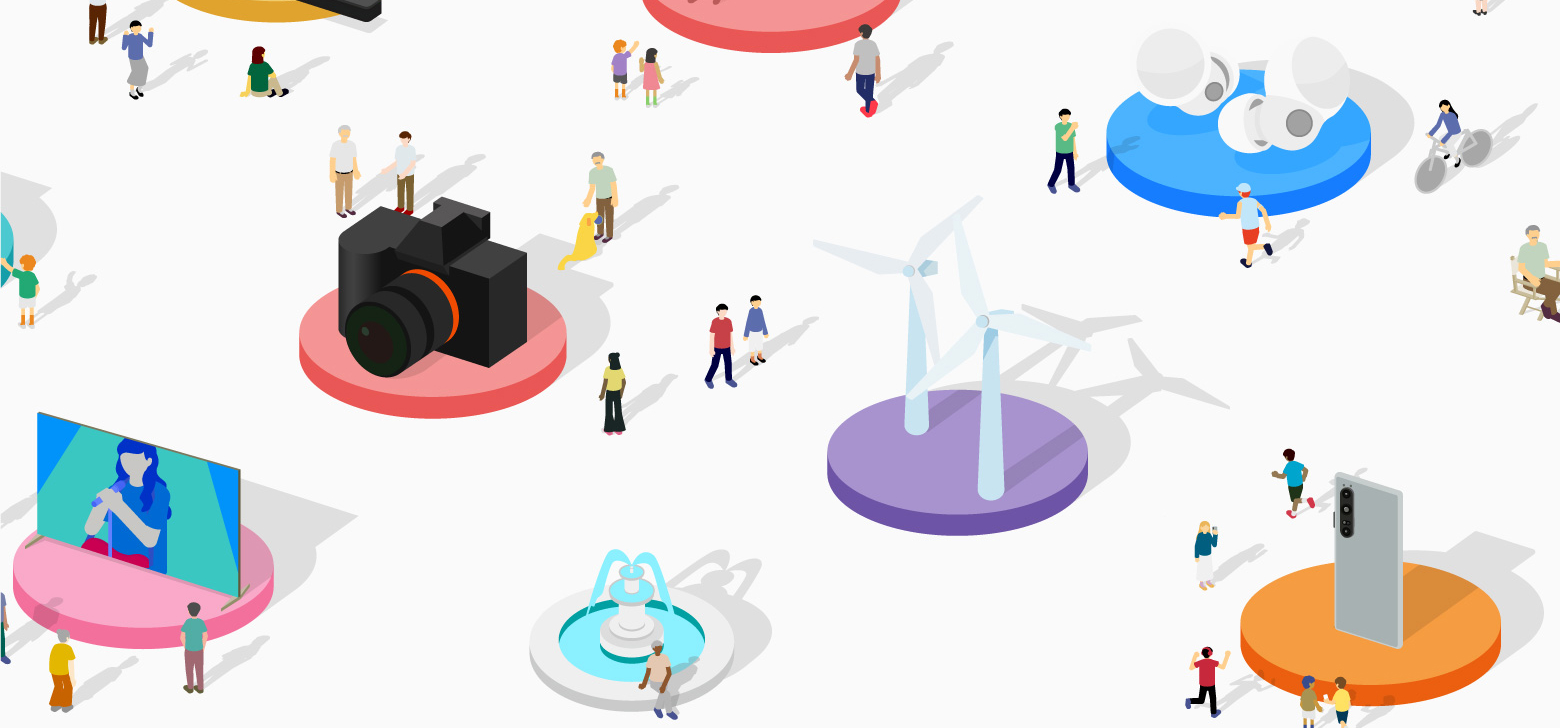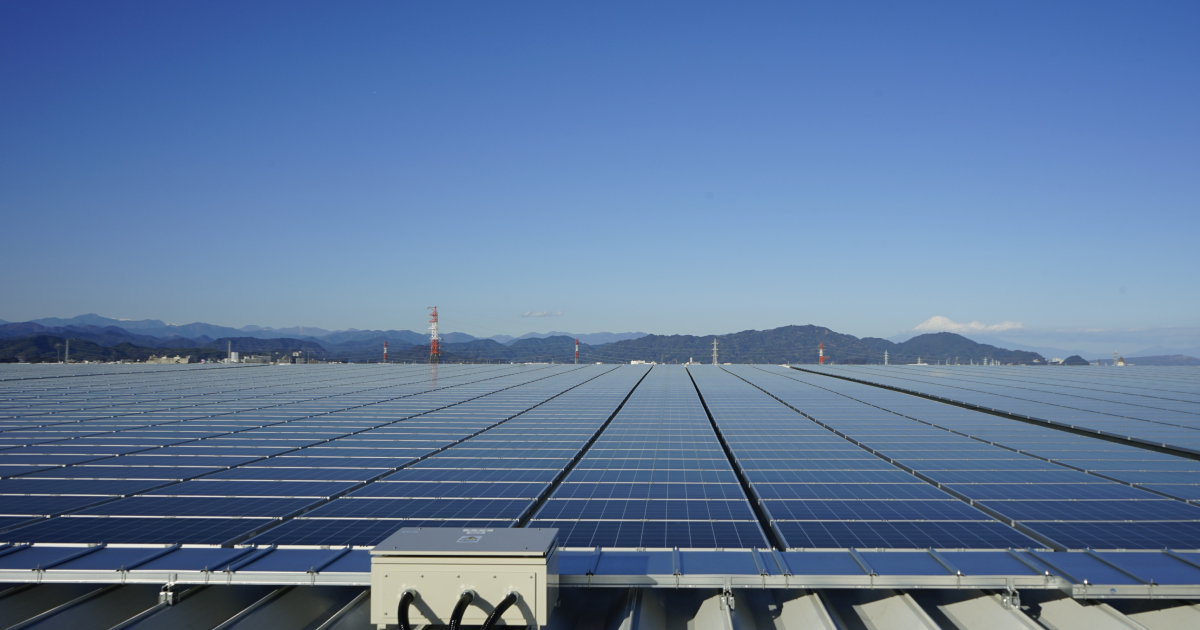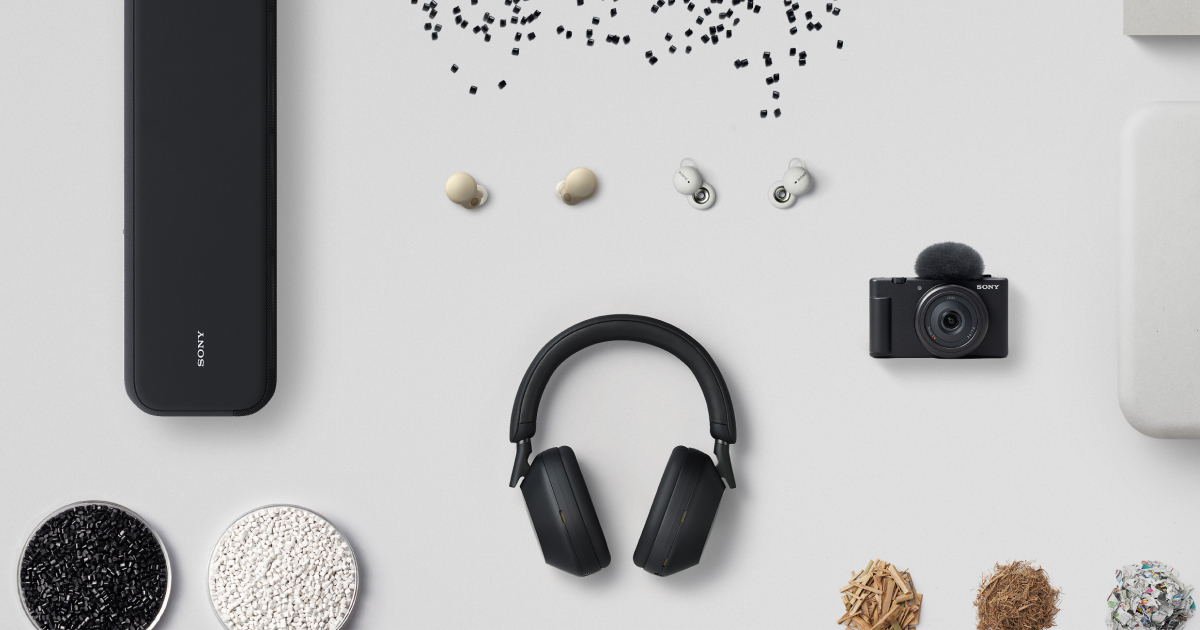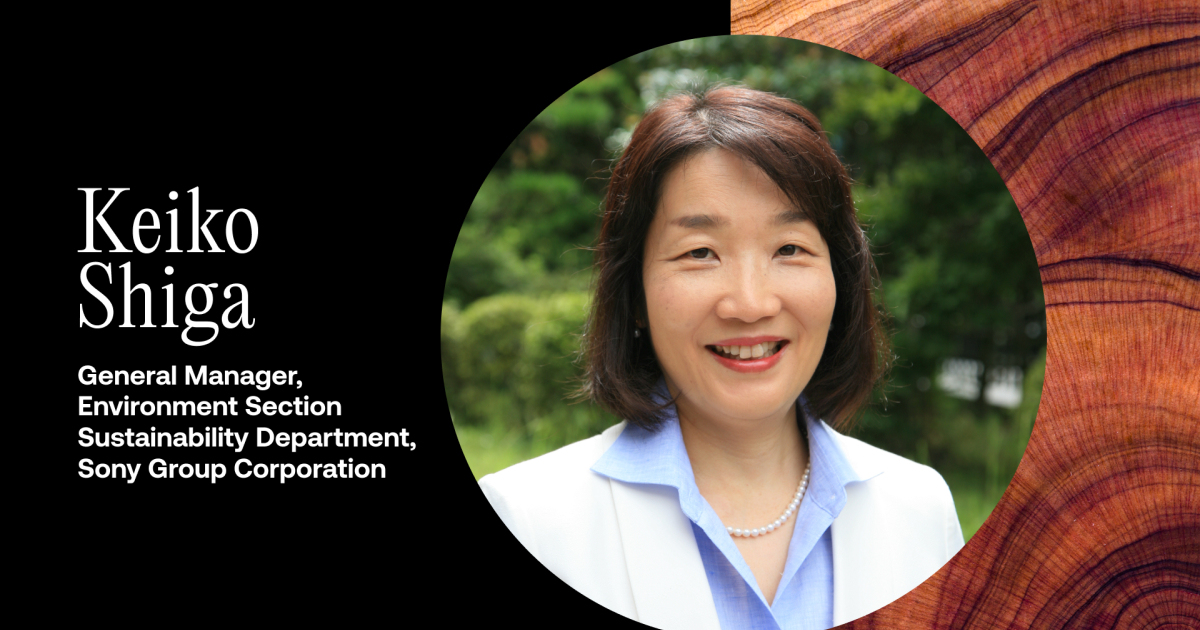Sony is no stranger to taking on grand challenges. That goes for not only their product and technology innovations, but their sustainability commitments, too. We sat down with Keiko Shiga, General Manager of the Environment Section within the Sustainability Department of Sony Group Corporation, to ask about the company’s long history of environmental initiatives, what they’ve learned along the way, and how signing The Climate Pledge supports their ambitious plans for the future.
The Climate Pledge: We’re thrilled Sony has joined The Climate Pledge. Sony’s commitment to the environment is long. We heard your first company-wide Sony Environmental Conference was established in 1976! Please share some background on Sony’s sustainability journey over the years.
Sony: Sony was founded in 1946 as a small electronics company with a goal “to do what had never been done before,” in the words of our co-founder, Masaru Ibuka. This spirit is embedded in our DNA, and our environmental efforts are no exception.
We have pursued environmental initiatives since the 1970s and began setting environmental principles and targets in the early 1990s. In accordance with ISO14001, we also established a unified environmental management system in 2006 to provide a framework for taking proactive measures to minimize our environmental footprint. This system covers all Sony manufacturing sites and non-manufacturing offices above a certain size, allowing us to move forward with the same set of reduction targets and plans across our diverse, global business portfolio. In 2010, we launched our global environmental plan, Road to Zero, which aims to achieve a zero environmental footprint by 2050. We were also the first Japanese company to receive Science Based Targets initiative (SBTi) approval on our 2-degree aligned carbon reduction target in 2015. Additionally, since 2018, we have participated in RE100, a global initiative focused on bringing together hundreds of ambitious businesses committed to 100% renewable electricity.





